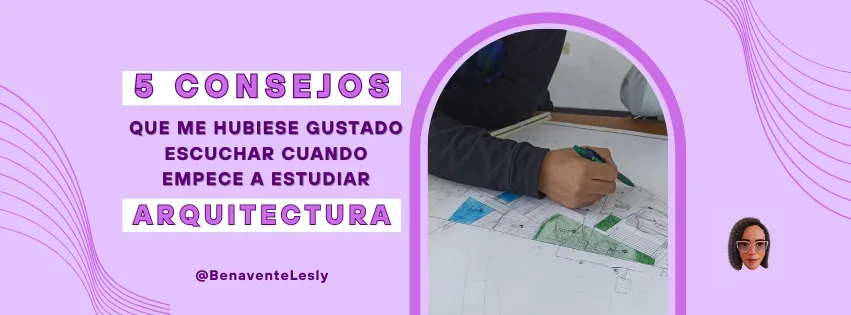
Esas y muchas otras cosas escuché al salir de bachillerato y decir “Quiero ser arquitecta”. La verdad; las reacciones mixtas me eran indiferentes; sobre todo porque iba confiada en mi promedio de bachiller y mi excelente retentiva. ¿El detalle?
Al llegar a la universidad; chocas con la pared de la vida universitaria y de notar que el que hayas sido un buen bachiller; no significa que seas un buen universitario…
Estas son 5 cosas que me hubiese gustado escuchar mi primer día como estudiante de arquitectura:
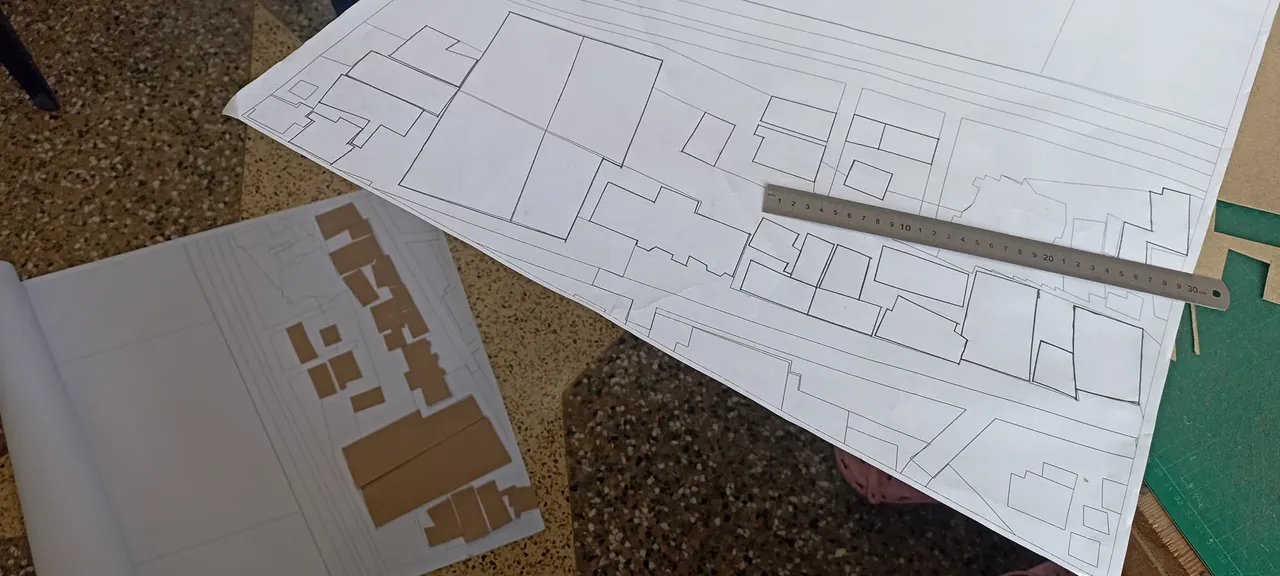
1. Si es funcional y el diseño te gusta. No cambies tu proyecto, sigue trabajándolo.
Los profesores de arquitectura, en la mayoría de las ocasiones tienen años de experiencia en Diseño Arquitectónico y trato con clientes. Pero, también son humanos, también se equivocan y también tienen gustos diferentes a los tuyos. Aunque como ejercicio; en la universidad se debe cumplir con los criterios de un diseño arquitectónico, entre ellos; tener estética y funcionalidad. En muchas ocasiones, dejamos de lado ideas que nos gustan con tal de complacer a ese profesor.
Pero los ejercicios académicos están para que el estudiante experimente y se conozca a si mismo en el proceso de diseño; eso, en ocasiones significa, darle la espalda al estilo arquitectónico de un profesor.
Es allí donde la seguridad del estudiante, debe ser su espada y escudo ante las críticas de un profesor, pues, que no le guste; no significa que “este malo”.
Mi consejo: Si tienes como “justificar” la funcionalidad y la estética de tu proyecto. Continúalo, así al profesor de turno ‘no le guste’
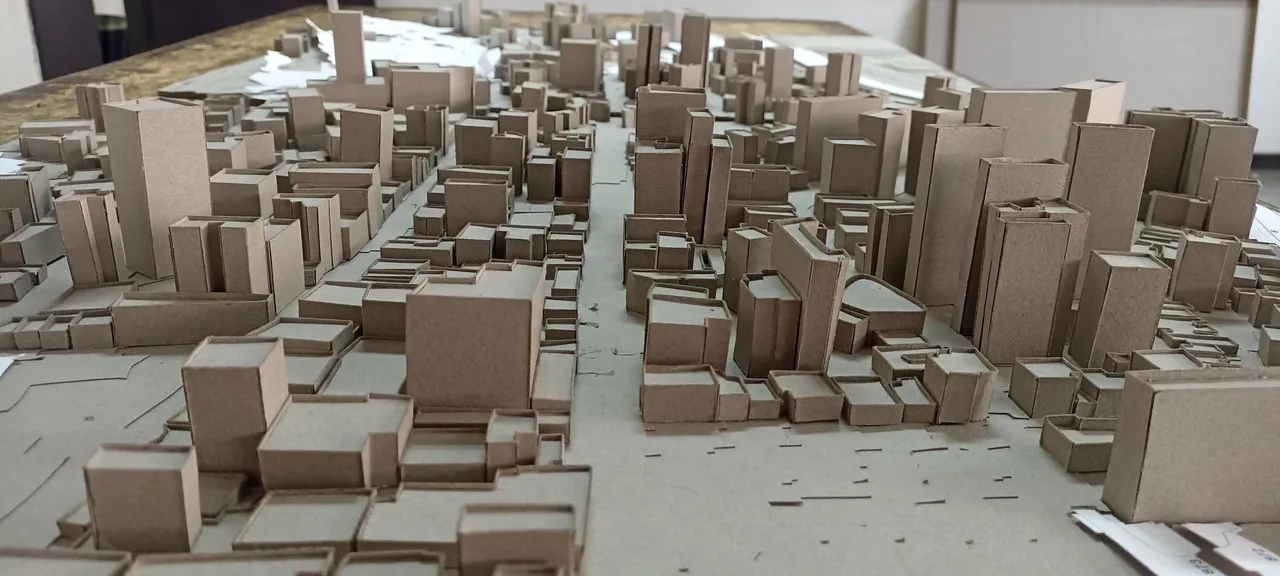
2. Hecho es mejor que “perfecto”.
Querer o ser arquitecto y buscar constantemente la perfección son dos conceptos que siempre se toman de la mano. Sin embargo, esta misma búsqueda puede convertirse en una trampa, llevando a una autoexigencia extrema que bloquea la creatividad.
Muchos estudiantes de arquitectura (me incluyo) experimentamos esto. Sobretodo por querer tener un proyecto resuelto en el primer intento. Pero la realidad es que el proceso creativo rara vez es lineal.
Para liberarnos de esta presión, es esencial entender que los acercamientos, o mejor dicho “comenzar con algo”, es indispensable.
No hay que temer a una idea "sencilla" o "pequeña", ni a un boceto que parezca incompleto. Es precisamente a través de estos primeros pasos, de intento a intento, que la perfección se va construyendo.
Y no estamos solos en este camino: la interacción y los consejos de nuestros profesores y colegas son herramientas valiosas para pulir nuestras ideas y convertirlas en proyectos completos.
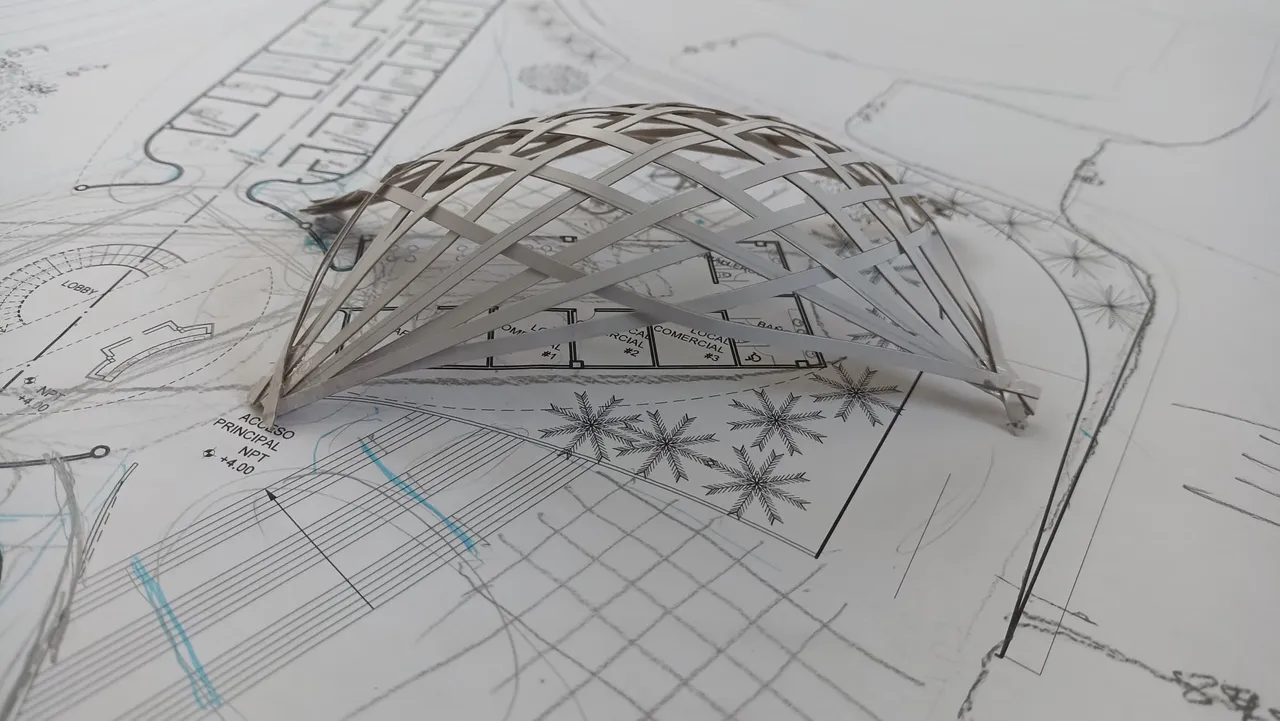
3. Una computadora “gamer” será tu mejor amiga.
Con la era del Dibujo en 3D y del AutoCAD; las computadoras se han vuelto herramientas de trabajo indispensables; no hay manera ni forma de avanzar en un proyecto sin recurrir a estas valiosas herramientas, pues facilitan la comprensión espacial, la conexión interior/exterior y la interacción de los usuarios con el diseño arquitectónico.
Anteriormente para completar un proyecto de envergadura, necesitaban el apoyo de un equipo de dibujantes, muchas horas de trabajo y mucha paciencia.
Con la llegada de la computadora y los programas de dibujo 2D y 3D; se facilita la proyección de un proyecto; pero estos programas requieren muchos recursos virtuales; que una computadora “normal” no logrará cubrir.
Por eso, te recomiendo adquirir una computadora estilo “Gamer” para poder instalar y usar cada uno de estos programas.
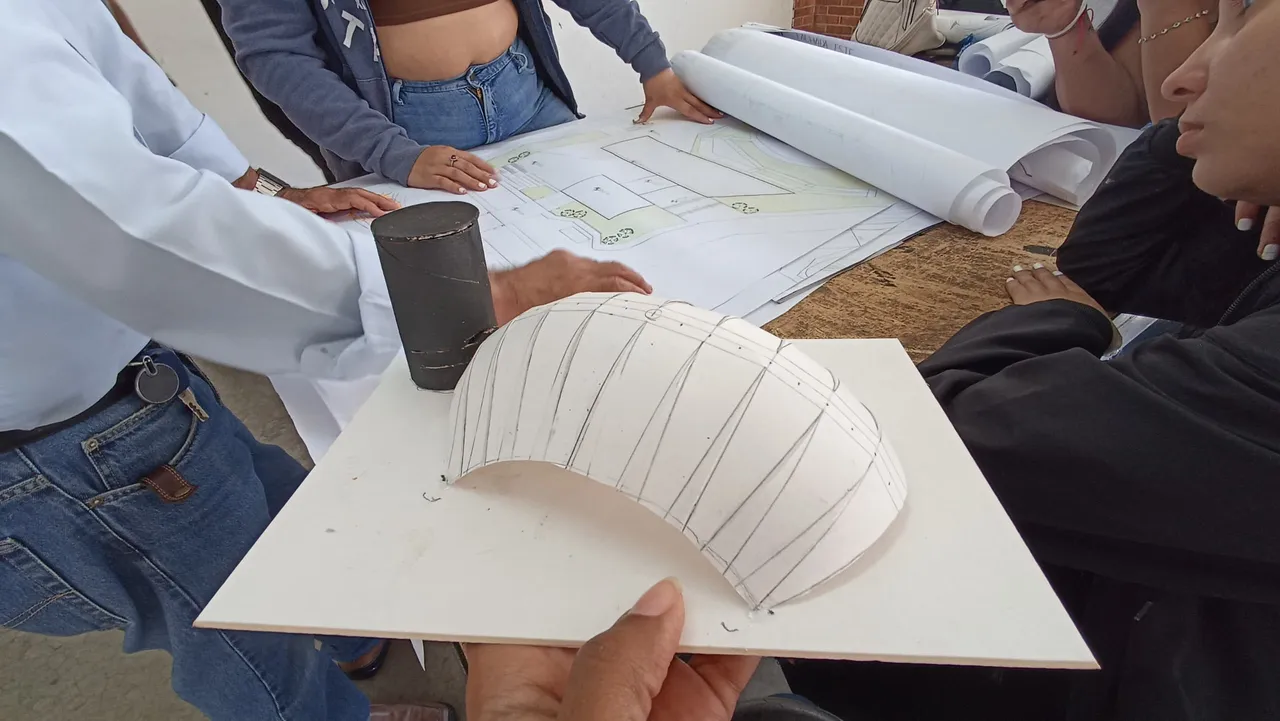
4. Primero en papel y lápiz; luego en digital.
Con la tecnología, es casi imposible no querer diseñar directamente en programas de dibujo 3D como SketchUp o Revit; pero la creatividad fluye mejor en papel y con lápiz que con la computadora.
Los programas de diseño 3D sirven para “proyectar” (representar el diseño) pero no sirven para “diseñar” (crear el proyecto desde cero)
Al final del día, si, las laptops son herramientas indispensables; pero quien hace el trabajo creativo es tu cerebro y para él puede ser más fácil fluir con una herramienta física como el papel y el lápiz (o en su defecto, si te gustan las maquetas, pues con una maqueta “estudio” también puedes trabajar); que en algo digital como el Autocad.

5. Tu salud mental, es tu prioridad.
Puedes distinguir a un estudiante de arquitectura en época de entregas por sus ojeras, su mirada perdida, su ausencia de reuniones sociales, su aspecto decaido y sus crisis de ansiedad.
El nivel de exigencia de esta carrera es ALTO; y al querer terminar tus proyectos y hacerlos perfectos, aumenta aun más la exigencia; pues, todos queremos hacer todo para la entrega final.
Esto, a muchos estudiantes los hace caer en un ciclo de ansiedad y depresión fuerte; que en ocasiones, desencadena en ataques de pánico; crisis de ansiedad o problemas de insomnio.
Y está tan “normalizado” que si eres estudiante, compites con otro en nivel de trabajo; comparando tus horas de sueño con las de otros; o incluso mirando con desprecio a quienes “descansan” antes de una entrega de proyecto.
Muchas veces escucharas a compañeros decir que no durmieron durante una semana o que lloraron durante tres días … lamento decirte que esto NO es normal; si estas cursando y siente que “no puedes” no te sigas autoexigiendo a niveles inhumanos; busca ayuda profesional y si necesitas estar fuera “un semestre” es válido.
Tu salud mental, es prioridad.
No te mentiré, la carrera es exigente; y cara. Pero, si te gusta y quieres ser llamado “Arquitecto” sigue, hasta el final; tomante el tiempo que necesiten para terminar la carrera; no estas compitiendo con nadie, solo contigo mismo.
Si has llegado hasta aquí y te gustó mi publicación. Te agradezco y me alegraría mucho saber qué opinas de esta publicación.
También, si quieres seguir aprendiendo de arquitectura, marketing o marca personal; te invito a seguirme en mis redes sociales.
Imagenes creadas usando Canva. Todas las fotos fueron tomadas por mi.
English Version
"Architecture is beautiful"; "It's an expensive career"; "Why didn't you decide on something easier", "Really, is that what you like?
These and many other things I heard when I left high school and said "I want to be an architect". The truth; the mixed reactions were indifferent to me; especially because I was confident in my high school average and my excellent retentiveness. The detail?
When you get to university, you hit the wall of university life and realise that just because you were a good high school graduate, doesn't mean you are a good university student...
Here are 5 things I would have liked to hear on my first day as an architecture student:
1. If it's functional and you like the design. Don't change your project, keep working on it.
Architecture professors, most of the time, have years of experience in Architectural Design and dealing with clients. But, they are also human, they also make mistakes and they also have different tastes than you. Although as an exercise; in the university you must comply with the criteria of an architectural design, among them; to have aesthetics and functionality. On many occasions, we put aside ideas that we like in order to please that professor.
But academic exercises are there for the student to experiment and get to know himself in the design process; that sometimes means turning his back on the architectural style of a professor.
This is where the student's confidence should be his sword and shield against a teacher's criticism, because just because he doesn't like it doesn't mean he's "bad".
My advice: If you can "justify" the functionality and aesthetics of your project. Continue it, even if the teacher 'doesn't like it'.
2. Done is better than "perfect".
Wanting or being an architect and constantly searching for perfection are two concepts that always go hand in hand. However, this very pursuit can become a trap, leading to an extreme self-demand that blocks creativity.
Many architecture students (myself included) experience this. Mostly because we want to have a project solved on the first try. But the reality is that the creative process is rarely linear.
To free ourselves from this pressure, it is essential to understand that approaches, or rather "starting with something", are indispensable.
One should not be afraid of a "simple" or "small" idea, nor of a sketch that seems incomplete. It is precisely through these first steps, from attempt to attempt, that perfection is built.
And we are not alone on this path: the interaction and advice of our teachers and colleagues are valuable tools to polish our ideas and turn them into complete projects.
3. A gamer computer will be your best friend.
With the era of 3D Drawing and AutoCAD, computers have become indispensable working tools; there is no way or means to advance a project without resorting to these valuable tools, as they facilitate spatial understanding, interior/exterior connection and user interaction with the architectural design.
In the past, to complete a major project, you needed the support of a team of draftsmen, many hours of work and a lot of patience.
With the advent of the computer and 2D and 3D drawing programs, the projection of a project has become easier, but these programs require many virtual resources that a ‘normal’ computer will not be able to cover.
For that reason, I recommend you to acquire a ‘Gamer’ style computer to be able to install and use each one of these programs.
4. First on paper and pencil; then digital.
With technology, it's almost impossible not to want to design directly in 3D drawing programs like SketchUp or Revit; but creativity flows better on paper and pencil than on the computer.
3D design programs are for ‘projecting’ (representing the design) but they are not for ‘designing’ (creating the project from scratch).
At the end of the day, yes, laptops are indispensable tools; but the one who does the creative work is your brain and for him it can be easier to flow with a physical tool like paper and pencil (or failing that, if you like models, you can also work with a ‘studio’ model); than with something digital like Autocad.
5. Your mental health is your priority.
You can distinguish an architecture student in delivery time by his dark circles under his eyes, his lost look, his absence of social gatherings, his depressed appearance and his anxiety crises.
The level of demand in this career is HIGH; and when you want to finish your projects and make them perfect, the demand increases even more; because we all want to do everything for the final delivery.
This causes many students to fall into a cycle of anxiety and depression, which sometimes leads to panic attacks, anxiety crises or insomnia.
And it is so ‘normalised’ that if you are a student, you compete with others in terms of workload; comparing your sleep hours with others; or even looking down on those who ‘rest’ before a project deadline.
Many times you will hear classmates say that they didn't sleep for a week or that they cried for three days ... I am sorry to tell you that this is NOT normal; if you are studying and feel that you ‘can't’ don't keep pushing yourself to inhuman levels; seek professional help and if you need to be out ‘for a semester’ it is valid.
Your mental health is a priority.
I won't lie to you, the career is demanding; and expensive. But, if you like it and want to be called ‘Architect’ keep going, all the way to the end; take as long as it takes to finish the degree; you are not competing with anyone, only with yourself.
If you have made it this far and liked my post. I thank you and would be very happy to hear what you think of this post.
Also, if you want to keep learning about architecture, marketing or personal branding; I invite you to follow me on my social networks.
Translated with DeepL.com (free version)